Social
-
INTERNATIONAL MIDDLE-CLASS EXPLOSION
Just in the last seven years, half a billion people in China have become able to afford first-world diets. The first world’s medical conditions will follow—an avalanche of diabetes and vascular diseases.
-
OPEN FORCE MOVEMENT
Consumer activism that demands full transparency of every product’s origins, in banking and healthcare, will lead to consumer control of their own data. In drug development, connected consumers will put pressure on pharma like never before.
-
BIRTH RATE & AGING OF POPULATION
Worldwide infant mortality has been cut in half since the new century began. Subsequently, birth rates fell—and continue to fall.
-
URBANIZATION & GLOBALIZATION
The density and mobility of people mean much greater risk for epidemics and the spread of disease. Global health brands will emerge; health deliveries that are confined to national borders will be long-term losers to organizations that can operate as global corporations.
-
ONLINE EDUCATION
Today, people Google their symptoms. Soon, patients will be able to take an entire class on their condition, taught by a doctor. Patients will be as informed as medical professionals. We will retrain doctors and train nurses online, too.
-
JOB DISPLACEMENT FROM AUTOMATION
Over the next few decades, large segments of the population are likely to become unemployed due to automation, significantly changing our economic structure and presenting new lifestyle diseases.
-
WEALTH GAP
Historically, health was the great equalizer. Even the wealthy got diseases, in some cases at higher rates. In 1977, if you were lucky enough to live to 65 in the US, you were (on average) going to live to 80 years old, rich or poor. No longer is that true—wealth extends life by 6 years.
-
RELIGIOUS BELIEFS
The US is the most religious of all industrialized countries; it’s also the epicenter of medical research. Religious beliefs slow the adoption of assisted reproductive technology (ART), and will repel the adoption of epigenetic editing, though it was in stem cell research that religious beliefs hit the brakes the hardest. The outlier here is end-of-life care; surprisingly, the more religious patients are, the more likely their families are to choose very expensive end-of-life procedures. Hospice care is the preferred option for less religious and nonreligious people.
